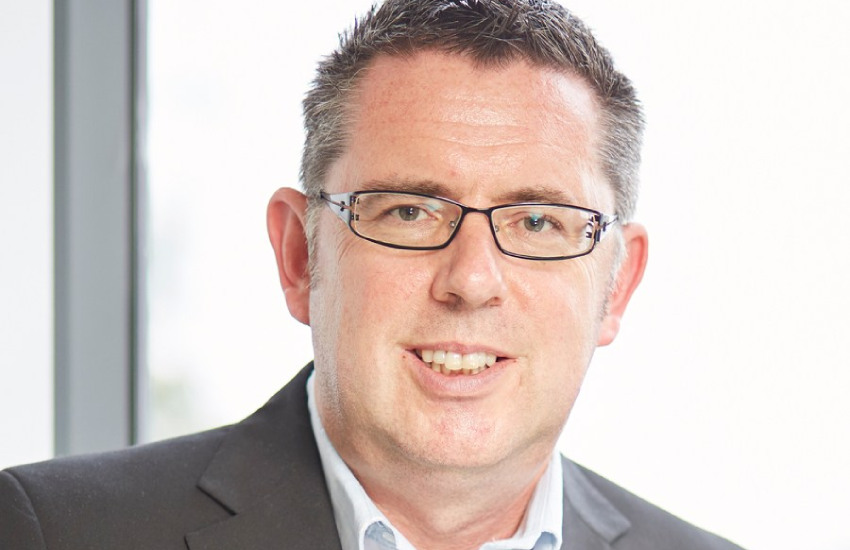A national survey of 1,003 small business owners by H&R Block and Officeworks has found that 84 per cent of respondents are not taking advantage of the expanded instant asset write-off.
To compound that, only a quarter of these owners realise that the measure has been increased to the $30,000 threshold and expanded to medium-sized businesses with a turnover of less than $50 million.
You’re out of free articles for this month
Speaking to Accountants Daily, H&R Block director of tax communication Mark Chapman said it was imperative that accountants started briefing their clients on the advantages of the measure as well as helping them navigate the three tiers of the write-off.
The first tier will be the $20,000 threshold for depreciable assets that are acquired before 29 January 2019; the second being the $25,000 threshold for assets first used or installed between 29 January 2019 and 2 April 2019; and the third tier being the $30,000 threshold for assets first used and installed after the 2 April budget announcement and before 1 July 2020.
“The fact that the threshold has changed twice during the course of this financial year has added an unexpected level of complexity to small business depreciation calculations this year,” Mr Chapman said.
“Small businesses rely heavily on their accountants for sound business advice, so accountants should really have been monitoring their client’s purchases, and advising them of the depreciation impacts, as soon as the threshold changes were announced, as well as giving clients proactive advice about how they could take advantage of the instant asset write-off.
“Even now, with the changes largely bedded in, there is plenty of time to flag with clients the opportunities that exist around the instant asset write-off before we get to EOFY.”
The survey also found that computers continue to lead the highest amount of claims at 56 per cent, followed by vehicles at 33 per cent, tools at 23 per cent and office furniture at 21 per cent.
With the threshold now raised to $30,000, Mr Chapman believes business owners should now start speaking to their advisers for ideas beyond the usual assets.
“[With tools], it’s not just tradies who can benefit. For example, if you’re a dentist you could invest in a new dentist’s chair for patients or new X-ray equipment. Opticians can upgrade to the latest eye-testing kit. Provided the cost of each item is less than $30,000, it’s claimable in full, this year,” he said.
jotham.lian@momentummedia.com.au
Jotham Lian
AUTHOR
Jotham Lian is the editor of Accountants Daily, the leading source of breaking news, analysis and insight for Australian accounting professionals.
Before joining the team in 2017, Jotham wrote for a range of national mastheads including the Sydney Morning Herald, and Channel NewsAsia.
You can email Jotham at:

 Login
Login







